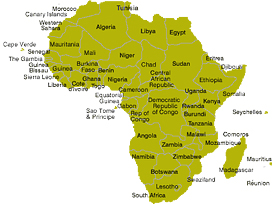| |

Soon after Jan van Riebeeck established the Dutch East India Company's fuelling station at the Cape of Good Hope in 1652, he sent to Europe for vine cuttings in the belief that sailors would suffer less from scurvy if they drank wine. On 2 February 1659 he wrote in his diary: "Today, praise be to God, wine was pressed from Cape grapes for the first time". Simon van der Stel, van Riebeeck's successor as governor and a wine enthusiast, planted vineyards at Constantia with the help of French Huguenot refugees skilled in viticulture and winemaking.
The industry thrived, even under British occupation (which began in 1806), since war between Britain and France meant that South Africa was able to help fulfil France's traditional role of supplying wine to Britain. After wine duties between Britain and France were drastically cut in 1861, the next half?century's triple disasters of phylloxera (1886), the consequent replanting and overproduction despite the lack of a market, and the Anglo?Boer War (1899?1903), saw the industry hit by chaos and hardship. This was partly alleviated by the creation in 1918 of the Ko?operatiewe Wynbouwers Vereniging (KWV), a government backed cooperative set up to administer and control legislation, reduce production (via the quota system), create marketable products and to stimulate demand.
During South Africa's wilderness years the KWV kept the wine industry afloat. Inevitably, isolation led to inertia and failure to keep up with world trends, in particular in grape varieties. Strict quarantine laws kept Chardonnay out for decades. The role of the KWV is now altering. It still acts as administrator for the industry, but independently of
government, but it no longer controls production with quotas, thus allowing growers to plant vineyards and varieties at will and to compete in a free market. KVVV also functions as a wine company, operating vineyards, making wine and selling it, mostly on the international market.
Today South Africa's winemakers and growers are embracing the trends and techniques of the international wine world. Winemaking has changed dramatically over the past few decades, beginning in the 1960s when Cape winemakers introduced cold?fermentation techniques in order to make fresh, aromatic wines in the hot climate. Quality?conscious producers are experimenting with French oak barrels for maturing wines. The standard of harvest care, cellar treatment and general hygiene has also improved.
Many winemakers are travelling extensively to gain experience, particularly in handling the classic European grape varieties now being widely planted, or working a vintage in Europe or California. Some are taking oenology degrees in France, Germany, Australia or New Zealand. All are aware of commercial necessity ? that they must make wine styles the consumer demands. Many wineries are developing restaurants where customers can enjoy good local food with a bottle of wine. Wine trails are very much a part of the tourist industry.
|
|
|
|


